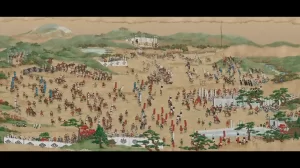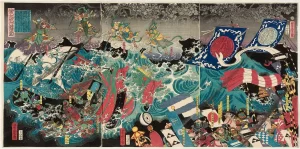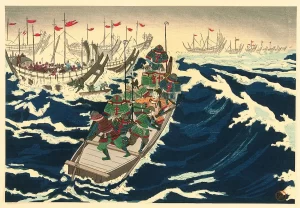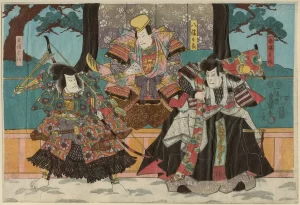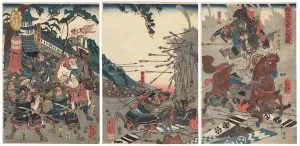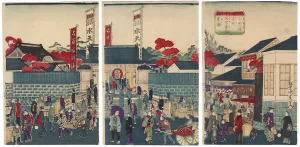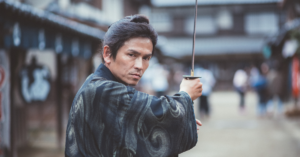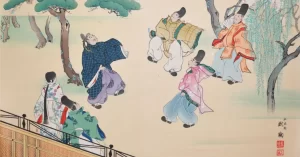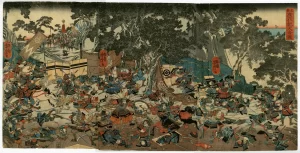
Ōnin War – The Birth of Japan’s Sengoku (Warring States) Era
The Ōnin War (1467-1477), also known as Ōnin-Bunmei war, gave rise to Japan’s Sengoku (Warring States) period. It started with a shogunate succession dispute and escalated into a fierce conflict between the Eastern and Western Armies. Despite its intensity, the war ended without a clear victor. The war led to the decline of the shogunate and the rise of powerful daimyo, ushering in an era of widespread warfare and social transformation in the history of Japan.

